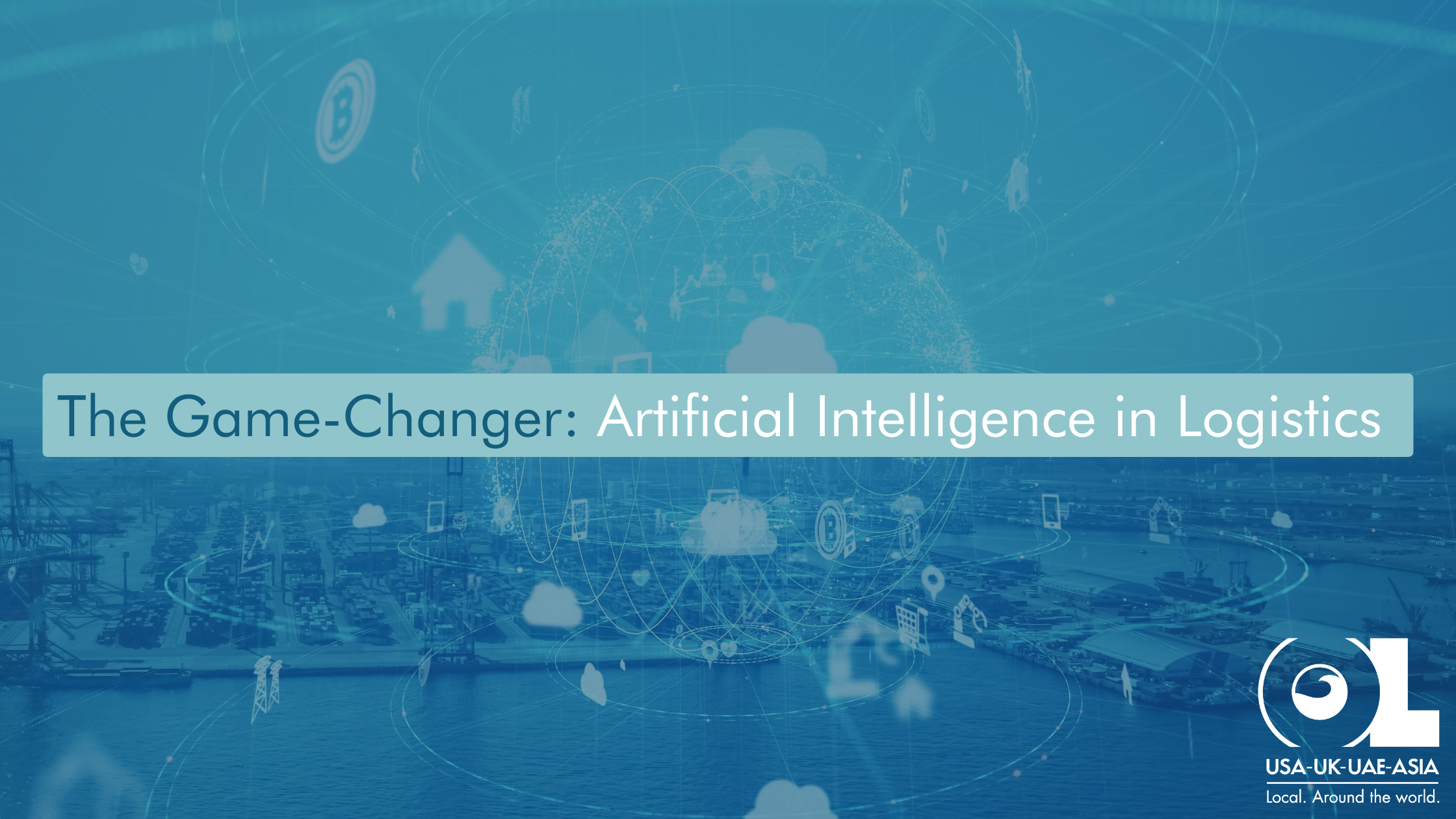In the intricate dance of supply chains and logistics, where precision and efficiency reign supreme, the emergence of Artificial Intelligence (AI) stands as a beacon of innovation, fundamentally reshaping the landscape of an industry deeply entrenched in tradition. From optimizing routes to predicting demand with unprecedented accuracy, AI is not merely a technological advancement; it’s a transformative force that holds the power to redefine the very essence of logistics operations.
As we stand on the threshold of a new era, it’s crucial to recognize the seismic shift that AI brings to the table. Gone are the days of manual intervention and static decision-making processes; AI introduces a dynamic paradigm where data becomes the cornerstone of operational excellence. By harnessing the power of machine learning algorithms and predictive analytics, AI empowers logistics providers to navigate the complexities of modern supply chains with unparalleled precision and foresight.
But what does this mean for 3PL operations, and more importantly, for our valued customers? It signifies not just an evolution but a revolution in how logistics services are delivered and experienced. With AI-driven solutions at the helm, 3PL providers can offer more than just transportation and warehousing; they become strategic partners in optimizing supply chain performance, driving cost savings, and enhancing overall customer satisfaction.
The Rise of AI in Logistics: Unlocking Efficiency
In recent years, we’ve witnessed a remarkable uptick in the adoption of Artificial Intelligence (AI) within the logistics industry, and its transformative impact is undeniable. At the heart of this surge lies the quest for operational optimization. AI isn’t just a buzzword; it’s a strategic imperative in the pursuit of efficiency, accuracy, and responsiveness in logistics operations.
Increased Efficiency through AI: AI streamlines operations by automating repetitive tasks and optimizing workflows. From warehouse management to transportation logistics, AI-driven systems enable smoother, faster processes that translate into tangible time and cost savings. By reducing manual interventions and minimizing errors, AI empowers logistics providers to deliver goods with unprecedented speed and precision.
Data-Driven Decision-Making: One of AI’s greatest strengths lies in its ability to leverage vast amounts of data to inform decision-making. By analyzing historical trends, market dynamics, and real-time data streams, AI equips logistics professionals with actionable insights. This data-driven approach ensures that decisions are not based on guesswork but on empirical evidence, leading to more informed and strategic choices that optimize resource allocation and enhance overall operational efficiency.
Enhanced Predictive Capabilities: AI-powered predictive analytics represent a paradigm shift in logistics operations. By forecasting demand, anticipating inventory needs, and optimizing routes, AI enables logistics providers to stay ahead of the curve. This proactive approach minimizes the risk of stockouts, reduces excess inventory, and ensures timely deliveries. With AI, logistics companies can anticipate market trends and adapt their strategies accordingly, driving agility and competitiveness in an ever-evolving landscape.
AI-Powered Solutions Transforming 3PL Operations: Driving Innovation
As AI continues to proliferate in the logistics sphere, its transformative impact on 3PL operations becomes increasingly evident. Let’s delve into some specific AI technologies and their role in revolutionizing key aspects of third-party logistics services.
Machine Learning and Predictive Analytics: Machine learning algorithms lie at the heart of many AI-powered solutions in logistics. These algorithms analyze vast datasets to identify patterns, trends, and anomalies, enabling logistics providers to make more accurate predictions and data-driven decisions. Predictive analytics, a subset of machine learning, further enhances this capability by forecasting future events based on historical data. By leveraging machine learning and predictive analytics, 3PL companies can optimize various tasks, including demand forecasting, inventory management, and route optimization.
Illustrating AI’s Impact on Key Tasks: Consider demand forecasting, a critical aspect of 3PL operations. By analyzing historical sales data, market trends, and external factors such as seasonality and promotions, AI-powered systems can generate accurate demand forecasts. These forecasts enable 3PL providers to optimize inventory levels, reduce carrying costs, and minimize the risk of stockouts, ultimately enhancing customer satisfaction.
Similarly, AI-driven inventory management systems leverage real-time data to monitor inventory levels, track product movements, and identify potential issues such as overstocking or stockouts. By automating inventory replenishment processes and optimizing warehouse layouts, AI helps streamline operations and improve overall efficiency.
In the realm of route optimization, AI algorithms analyze factors such as traffic patterns, delivery windows, and vehicle capacities to determine the most efficient routes for transporting goods. By minimizing travel times and fuel consumption, AI-powered route optimization systems reduce transportation costs and improve delivery reliability, benefiting both 3PL providers and their customers.
Tangible Benefits for 3PL Customers: Enhancing Experiences
As AI-driven solutions continue to revolutionize 3PL operations, the benefits for customers are manifold and tangible. Let’s explore some of the direct advantages that customers gain from partnering with AI-driven 3PL providers.
Improved Inventory Accuracy: AI-powered inventory management systems enable more accurate tracking and monitoring of inventory levels. By minimizing discrepancies and errors, these systems ensure that customers have better visibility into their inventory status, reducing the risk of stockouts or overstocking.
Reduced Lead Times: AI-driven route optimization algorithms optimize delivery routes and schedules to minimize lead times. By leveraging real-time data and predictive analytics, these algorithms identify the most efficient routes and delivery windows, enabling faster and more reliable deliveries.
Enhanced Supply Chain Visibility: AI enables real-time tracking and monitoring of shipments throughout the supply chain. By providing customers with visibility into the status and location of their shipments, AI-driven systems enhance transparency and accountability, enabling proactive decision-making and risk management.
In summary, the integration of AI into 3PL operations brings about significant improvements in efficiency, accuracy, and customer satisfaction. By leveraging AI-powered solutions for demand forecasting, inventory management, route optimization, and beyond, 3PL providers can offer enhanced services that drive value for their customers and differentiate themselves in a competitive market landscape.



